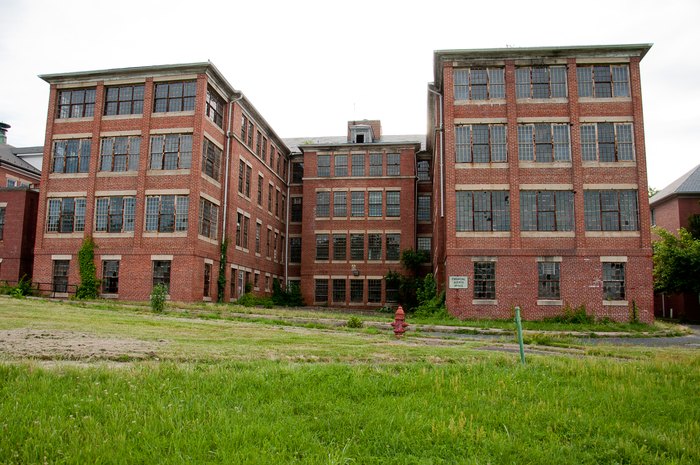As if we thought we knew enough about the cruelty of our racial history related to slavery, we learn of yet another part of our dark history through an NBC News reporter, Antonia Hylton in her new book: “Madness, Race and Insanity in a Jim Crow Asylum”. She writes:
“When the first patients — 12 of them — arrived at Maryland’s Hospital for the Negro Insane in 1911, the asylum had yet to be built.
“It would be the first and only asylum in the state, and likely the nation, to force its patients to build their own hospital from the ground up,” Antonia Hylton writes in “Madness: Race and Insanity in a Jim Crow Asylum.” In it, the Peabody- and Emmy-winning journalist traces the nearly 100-year history of this facility later renamed Crownsville State Hospital.
Its construction was in response to a 1906 Maryland State Lunacy Commission report, primarily based on the false post-Civil War belief that Black Americans suffered mental illness not from the trauma of enslavement but because they didn’t know how to handle freedom: “The progress of the negro from slavery has been attended with a very marked increase of insanity.” Something must be done, the all-white commission decided, but Maryland, being “too much of a Southern state,” wouldn’t allow the mixing of races. A separate facility was needed, and it had to be built cheaply.
To white officials and doctors, Hylton writes, therapy for Black Americans meant “labor, and a return to the antebellum social order.” In other words, Crownsville’s “patients” were viewed as unpaid laborers and were put to work, but not just for the asylum. Once the hospital was completed and crops were planted and harvested on the grounds, patients were sent out to labor on adjoining farms…just the beginning of the abuses heaped on Crownsville “patients”, Hylton would discover.
Uncovering this story was not easy: The archives were incomplete because “the state had destroyed or lost most of the files preceding the year 1960, and others they had allowed to become contaminated with asbestos.” Unsurprisingly, the more controversial the past episode, such as the murder of a patient or systematic abuse, the likelier the documents were to have disappeared. Even so, in digging into the archives and seeking out those with firsthand or secondhand memories of the place, the author uncovered profoundly unsettling stories.
The author skillfully examines the ways in which race has influenced the diagnosis and treatment of mental illness. By drawing on extensive research and personal accounts, the book exposes the biased diagnostic practices and theories that have increased racial stereotypes and discrimination within the mental healthcare system.
Throughout the book, the author sheds light on the experiences of marginalized communities, particularly African Americans, who have historically been subjected to disproportionate labeling as “insane” or “feeble-minded.” The narrative highlights the dehumanizing treatment endured by black patients, including neglect, physical abuse, medical experiments and forced sterilizations.
However, amidst the darkness, the book also showcases stories of resilience. It highlights the efforts of African American activists and reformers who fought tirelessly for justice and sought to expose the injustices committed against black patients. These stories provide hope and inspiration, underscoring the strength of the human spirit in the face of adversity.
The author skillfully connects historical injustices to contemporary issues, emphasizing the enduring legacy of racism in mental healthcare. By providing a historical context, the book prompts readers to reflect on the implications of these injustices for present-day society and the urgent need for reform.
Even though more of our dark racial history is challenging to learn about, “Madness, Race, and Insanity” is a profoundly impactful book that confronts the uncomfortable realities of racial injustice in mental healthcare.
Amazingly enough, this facility was finally closed in 2004. There was talk at one point of making a museum out of this facility and beautifying its large grounds so that this history can be preserved and more importantly, not repeated.
Warriors…let’s set the example of love, kindness and compassion through our actions and votes. We’re all in this together, sports fans.
Spiritual Meditation: What if I told you that the left wing and the right wing belong to the same bird. – Indigenous and global Beauties

